 In times like these, when economic conditions have forced companies to drastically reduce their expenses, optimizing investments takes on a greater dimension and its implementation is given a strong sense of urgency.
In times like these, when economic conditions have forced companies to drastically reduce their expenses, optimizing investments takes on a greater dimension and its implementation is given a strong sense of urgency. By: Jesús Fierro (Bosch)*
Price is almost always seen by most buyers as one of the main factors influencing the selection of the quote of one integrator over that of another and under the current pressure to further improve cash flow, times in the processes of purchasing security systems are compressed every day more and planning expenses are eliminated, neglecting more frequently key aspects such as the analysis and evaluation of requirements, the conceptual design of the system and its clear formulation in an RFP / RFQ (Request for Proposal / Request for Quotation).
Now more than ever, urgency should not prevail over good practices: while procurement spending (including planning) is significant and consumes resources whose availability is very expensive due to their scarcity, it should not be lost sight of the fact that there are other factors that have a greater impact on the cost of the systems.
Not taking the time to make a professional evaluation of the bids submitted by system integrators will result in an uninformed and most likely unfortunate decision in both scope and cost.
Most installed security systems cost much more than the starting price paid for them, and even many don't do the expected job, or at best, do it wrong.
It is practically inevitable that quite a few costs will arise unexpectedly over the life of the system, if you only look at the initial purchase price: the "cheap" solution in the short term is much more expensive (and expensive) in the medium and long term. If we want to optimize our investments and maximize their benefits, we must not lose sight of the horizon.
Approach to the problem
Only by visualizing the different components of the system, weighing their actual contribution of value and their associated expenses, one can understand the Total Cost of Ownership (TCO) and apply it in the design of the system to ensure a more economical property throughout its useful life, accelerating the Return on Investment in Security (ROSI, by its acronym in English – Return On Security Investment) and improve the results of its exploitation above those expected.
Below we present the main concepts of TCO. These will allow the security area to evaluate more broadly the economic aspects of the various options offered by the market to facilitate the making of the best investment decision and effective communication within the organization, as well as the generation of trust from senior management, to obtain the necessary budget and at the same time stop being perceived as a cost center.
TCO Concept
TCO is not a new concept and is widely used for decision-making about the investments of industries that use capital goods for production. One of them is the Information Technology (IT) industry and although our electronic security industry is increasingly related to IT, the concept and use of TCO has not permeated enough between us.
This knowledge is particularly important as security personnel increasingly work with their IT colleagues in vendor selection and systems design, as well as sharing departmental budgets. IT is used to reviewing and studying the TCO with its systems and will ask the security area for the necessary information to measure security investments in the same way.
Estimating TCO involves understanding the initial cost of acquisition: it is commonly based on the technical and operational requirements that define a set of equipment, software, materials and installation labor. Costs are also associated with the operation, the most obvious being maintenance.
Exposures to risk or legal liability, such as fines for non-compliance with regulatory requirements in certain industries should be reduced by design. Time savings and efficiency gains must also be considered in the equation.
In general, the two main components of the TCO are the Capital Expenditure (CapEX) which corresponds to the acquisition expenses, and the Operating Expenses (OpEx or Operating Expenditures) which corresponds to all the expenses that will be generated after the acquisition of the system throughout its useful life.
It is common that when budgeting, integrators include acquisition costs and some operating costs (for example preventive maintenance), but most of the time they forget many items that make up the cost of operation.
This results in the scope of each quotation being different, and the situation becomes more opaque when the price of each concept is not broken down in its constituent units (unit price analysis) in the quotation.
This results in an erroneous comparison of quotes, since it does not start from the same baseline.
For reasons of space we do not include here a detailed list of the main concepts to consider, but in general terms we can divide them into several main categories:
ROSI= (Risk Exposure.Risk Mitigation)–Solution Cost/Solution Cost
Acquisition Cost (CapEx)
- Risk analysis.
- Project – Includes detailed engineering.
- Project management.
- Construction and / or conditioning of buildings.
- Equipment and software.
- Network equipment.
- Communications equipment.
- Racks, power, cooling, etc.
- Pipes and wiring.
- Installation, configuration and loading of information (servers and clients).
- Professional integration and customization services.
- Documentation "How it was built".
- Commissioning and Start-up of the System.
Cost of Operation (OpEx)
The following is normally considered:
- Preventive maintenance.
- Corrective maintenance.
- Updates (Hardware and Software).
- Expansions.
- Improvements.
The following is usually not sufficiently considered:
- Maintenance of servers and clients (Licenses, patches, updates, anti-virus).
- Space requirements.
- Energy (equipment consumption, capacity required for cooling).
- Bandwidth and network equipment requirements.
- Supervision, operational, IT and administrative personnel required.
- Training.
- Outsourcing.
- System availability (which implies costs for failure).
It is because of these unforeseen costs, either due to ignorance or bad faith, that the operating costs will appear as an unpleasant surprise after the system is installed.
Therefore, it is necessary to observe good practices of design, acquisition and management of the operation of the system to reduce costs and control the environment in which it operates to prevent them from increasing.
The typical cost of acquisition is usually lower than that of operation if a period of 5 years is contemplated, which is the expected normal life of a modern and professional security system without making major improvements and / or upgrades to the technology.
If we consider that by applying good design practices and adequate selection criteria the acquisition cost in a security system can be 40% or less, it becomes clear that contrary to common belief, it is better to invest in advanced and quality technology than to obtain apparent savings or bargains in the acquisition of the equipment. A life span of at least 5 years proves that it makes sense to invest in high-quality professional equipment to reduce the real cost of the systems, the TCO.
Design considerations
Some design decisions only impact the costs of acquiring and installing a system. For example, in installations where Ethernet cabling exists, selecting IP cameras over analog cameras could help reduce costs, eliminating the need to install new pipes and coaxial cable. On the other hand, using PoE (Power over Ethernet) eliminates the power supplies, pipes and wiring necessary to power the cameras.
Other decisions may impact the cost of personnel capacity requirements. For example, video content analysis can alert operators to watch video of the place where an alarm was generated.
Systems that require payment for services to third parties (e.g. broadband) are candidates for decentralized designs. For example, an IP video system distributed over dispersed geographic areas can significantly reduce bandwidth costs.
Another application in distributed designs is to bring the intelligence of the systems "to the edge", which allows the processes to be carried out in a lighter and more efficient way. An example of this is the analysis of video content (VCA/IVA or Video Content Analisys / Intelligent Video Analisys) in the cameras themselves, limiting the transmission of indispensable video streams only when the previously defined operating rules are met.
Automation, such as that obtained by the VCA/VAT, reduces the requirements of bandwidth, personnel, furniture, processing and storage equipment, temperature and energy conditioning equipment, energy itself and space. System distribution offers the same benefits.
Through good design practices, and through innovative technologies, incremental benefits can be obtained that reduce acquisition and operating costs.
Scalable systems
Technologies that allow growth as required significantly reduce the cost of acquisition and help free up resources needed for the business. An example of this is based on the nature of the disk storage market.
For example, in an IP video system it is important the possibility of adding storage progressively and economically, in contrast to the obligation to buy all the equipment from the beginning, as in many proprietary systems.
The biggest impact to TCO in large video installations comes from recording and storage technology. It is common for the latter to account for the largest portion of capital expenditure – commonly 50 to 80% of the cost, so the technology selected can significantly affect ongoing maintenance costs.
With the steady decline in storage costs that has occurred recently – typically halving every two years – and expected to continue, buying all storage equipment from the start is a huge capital expenditure that makes no sense economically.
If long-term storage is required, you can make an initial purchase of a certain amount of storage, expect storage costs to be reduced or expect next year's budget allocation to be available, and then purchase the additional storage that is required.
This allows you to take advantage of the reduction in the relative cost of storage over the life of the system.
One-off practices like this help free up resources that improve cash availability. Considering the TCO as an element that reduces the cost of the solution, and framing it within the relationship that defines the return on investment in security, we can observe how the relationship between its various variables is beneficial.
Quality and innovation
Quality and innovation have a great impact on the reduction of TCO and are the basis for choosing the solution that most optimizes the cost-benefit ratio and accelerates the return on investment.
Quality under world-renowned standards plays a very important role, since from it we obtain the assurance that the equipment has the best design, materials and workmanship, which guarantees a high performance operation for longer and with fewer problems.
Professional equipment is not commodities: this is an idea that manufacturers of substandard equipment and some unprofessional integrators have promoted, but the conception itself is patently false. If two systems of equivalent category are considered, there will always be many important differences between them. Although in the specifications of many equipment they seem equivalent, once installed the subtle differences of the paper become very evident, both in its performance and in its useful life.
Quality not only has to do with the equipment, it also involves the commitment assumed by the manufacturer, its integration channels and distributors to offer local support to the user, advice, availability of technical support, training, installation and professional maintenance, warranty, updates and expansions.
Innovation is a rarely weighted factor when the decision is based solely on price (acquisition cost) and the reality of the TCO is forgotten. Manufacturers who conduct their own research and development to create technology and who contribute to the industry with their patents can respond better for much longer than those manufacturers who copy their designs.
Specification, basis for reducing TCO
The impact of design decisions, technology selection, manufacturer and integrator support can be favorable when before making the purchase decision the factors that allow the system to keep operating longer are considered: maturity of technology, performance and quality and to what degree the system can be expanded and scaled.
There are also other elements that make its operation more economical throughout its life, such as reduced maintenance, low-cost upgrades, modularity, leveraging leveraged platforms in economies of scale and cost reductions in upgrades required based on technological advances to avoid obsolescence. These factors should be reflected in the document containing the system specifications.
The components of a solution are a system or set of hardware and software systems, where their connectivity, interoperability and data management intervene, as well as the support to the solution that requires a professional design, customization, training, technical support and local repair. The efficiency and effectiveness achievable will depend in large part on these elements.
Understanding how design and selection decisions for equipment, components, and suppliers will impact costs is the basis for decision making.
Critical Success Factors During Acquisition
Once the type of solution that solves the technical security requirements has been defined, it is necessary to focus on the resources that must be allocated. Traditionally, decision-making in the purchasing process gravitates around considerations about the technical fulfillment of the requirement, the cost of acquisition, the quality of the technical proposal, the commercial conditions, the support of the solution and the experience with the supplier.
During this phase it is necessary to have a clear definition of the system requirements, and to have the design of the best architecture that allows us to identify and acquire the best components for our solution.
These components not only refer to devices and equipment, but to the elements that together make up a successful solution, such as a solid platform with full technological maturity and solid installation references, local support from the manufacturer with legal personality to ensure an immediate guarantee through the availability of inventory, local technical support, factory repair with original spare parts, a national network of locally certified integrating channels capable of professional installation, the power to provide a preventive and corrective maintenance service on site and to carry out updates and expansions of the systems.
Administration of TCO in the medium and long term
The following are some strategies for managing OCT:
- Proper planning.
- Efficiency improvements.
- Proper sizing of the system.
- Deploy modular and scalable architectures.
- Forecast of hidden costs.
- Automation.
- Distribution.
- Virtualization.
The following are the top 10 causes that elevate TCO:
- Hardware diversity.
- Complex configurations and support.
- Safety requirements and regulations.
- Conflicting performance criteria.
- Incremental services.
- Recurring expenses.
- Minimal automation opportunities.
- Multiple maintenance contracts.
- Minimal synergies between applications.
- High upgrade costs.
The ideal is to apply a management model that takes advantage of existing resources and identifies and optimizes the required investments, to raise the level of exploitation of the systems, starting from physical optimization to reach the full utilization of services.
If the system is well designed and supported, it will work for many years without setbacks. Undoubtedly, the element that will accompany the user throughout the life of the system will be the cost of operation.
A system that works well, meets operational requirements and has a low total cost of ownership is what truly constitutes a successful solution.
Conclusion
A decision based only on price is equivalent to giving up on obtaining a better system that for a slightly higher price can generate more benefits that in the short and medium term can make the investment more profitable and thus obtain more operational benefits and greater returns on investment.
As a buyer educated in the different approaches to the best technical solution and its associated costs, you can improve your position and challenge your group of potential integrators to design the system most appropriate to your needs; one that fits your budget for long-term acquisition and maintenance.
If you would like more information about the application of TCO concepts, please send an email to [email protected]


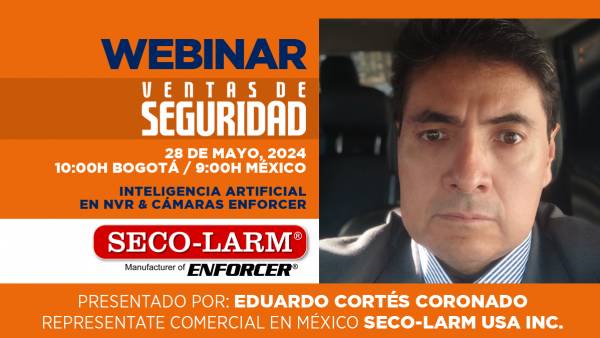
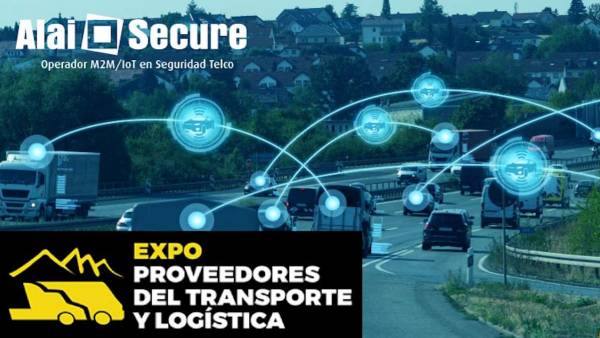
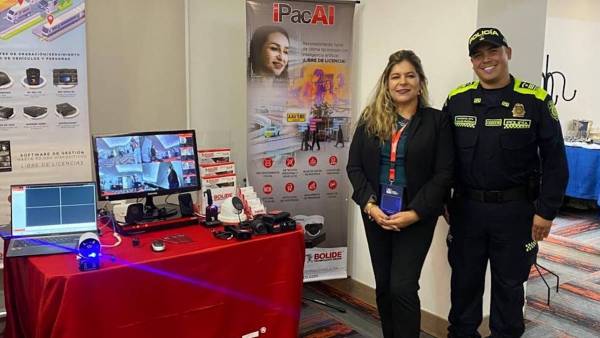
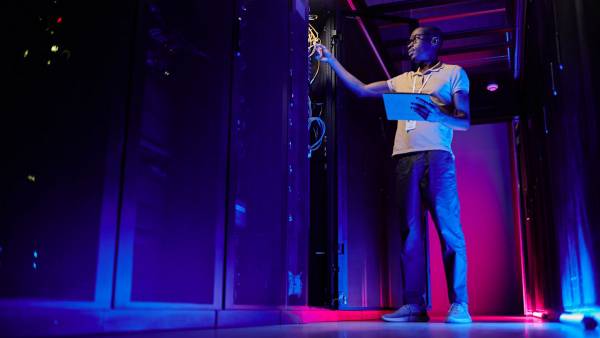
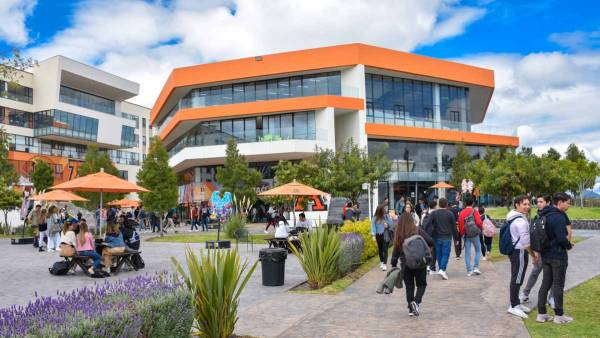

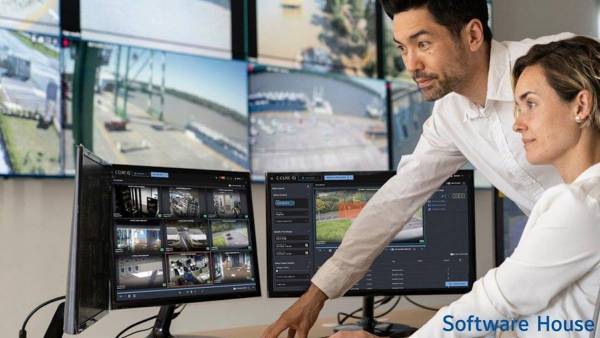
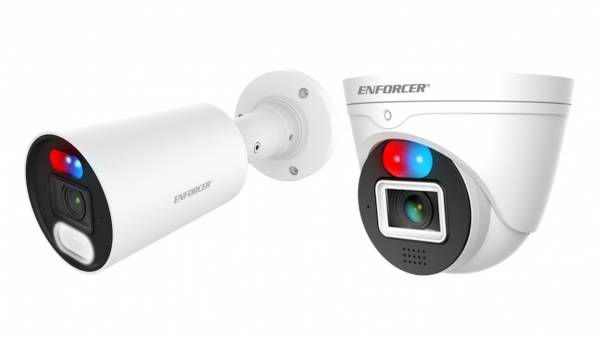

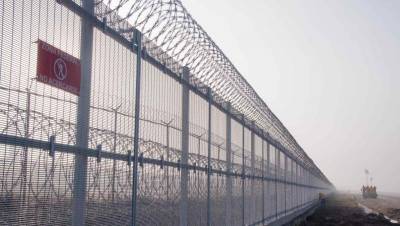


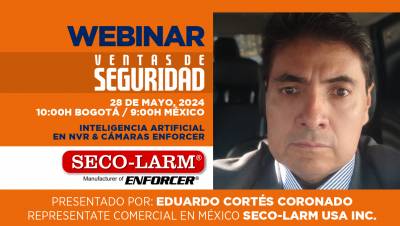









Leave your comment